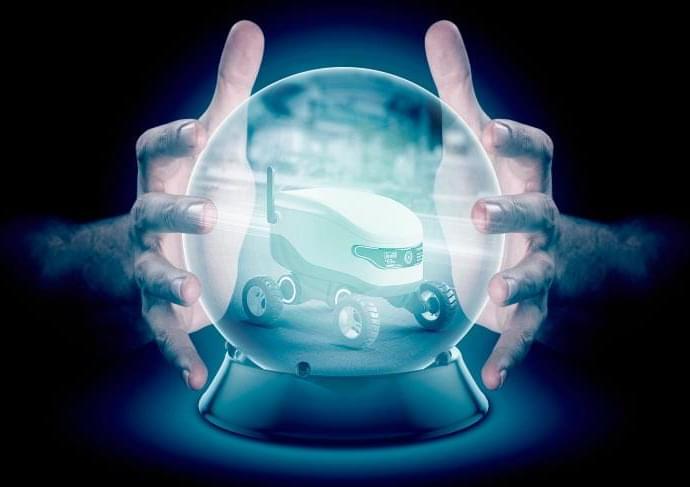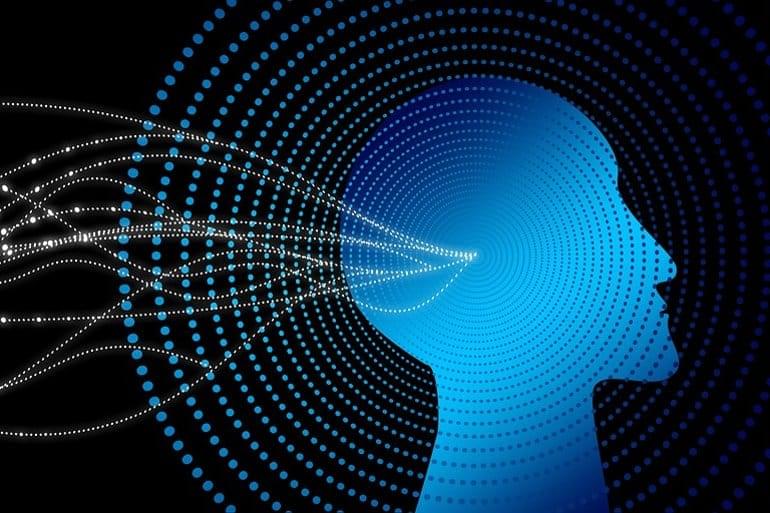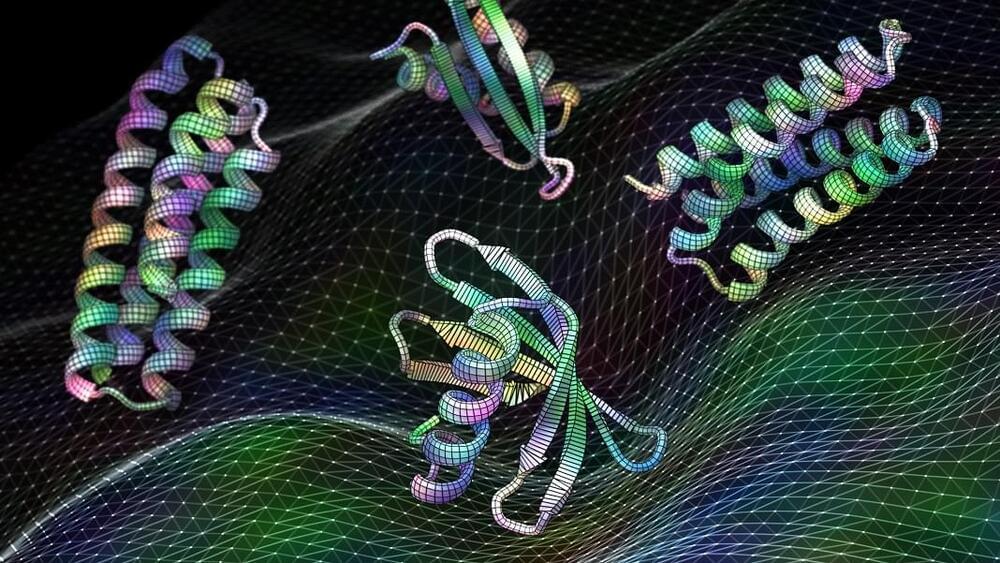Artificial intelligence has advanced faster than anyone expected, giving renewed urgency to the question of what comes next, artificial superintelligence, and what it means for us.
Category: robotics/AI – Page 1,525
Inside Tesla’s Innovative And Homegrown “Dojo” AI Supercomputer
How expensive and difficult does hyperscale-class AI training have to be for a maker of self-driving electric cars to take a side excursion to spend how many hundreds of millions of dollars to go off and create its own AI supercomputer from scratch? And how egotistical and sure would the company’s founder have to be to put together a team that could do it?
Like many questions, when you ask these precisely, they tend to answer themselves. And what is clear is that Elon Musk, founder of both SpaceX and Tesla as well as a co-founder of the OpenAI consortium, doesn’t have time – or money – to waste on science projects.
Just like the superpowers of the world underestimated the amount of computing power it would take to fully simulate a nuclear missile and its explosion, perhaps the makers of self-driving cars are coming to the realization that teaching a car to drive itself in a complex world that is always changing is going to take a lot more supercomputing. And once you reconcile yourself to that, then you start from scratch and build the right machine to do this specific job.
AI Creating ‘Art’ Is An Ethical And Copyright Nightmare
If a machine makes art, is it even art? And what does this mean for actual artists?


Artificial Intelligence Model Can Detect Parkinson’s From Breathing Patterns
Summary: A newly developed artificial intelligence model can detect Parkinson’s disease by reading a person’s breathing patterns. The algorithm can also discern the severity of Parkinson’s disease and track progression over time.
Source: MIT
Parkinson’s disease is notoriously difficult to diagnose as it relies primarily on the appearance of motor symptoms such as tremors, stiffness, and slowness, but these symptoms often appear several years after the disease onset.

Meta Is Building an AI to Fact-Check Wikipedia—All 6.5 Million Articles
Meta is developing a machine learning model that scans these citations and cross-references their content to Wikipedia articles to verify that not only the topics line up, but specific figures cited are accurate.
This isn’t just a matter of picking out numbers and making sure they match; Meta’s AI will need to “understand” the content of cited sources (though “understand” is a misnomer, as complexity theory researcher Melanie Mitchell would tell you, because AI is still in the “narrow” phase, meaning it’s a tool for highly sophisticated pattern recognition, while “understanding” is a word used for human cognition, which is still a very different thing).
Meta’s model will “understand” content not by comparing text strings and making sure they contain the same words, but by comparing mathematical representations of blocks of text, which it arrives at using natural language understanding (NLU) techniques.

Protein-Designing AI Opens Door to Medicines Humans Couldn’t Dream Up
A new study in Science overthrew the whole gamebook. Led by Dr. David Baker at the University of Washington, a team tapped into an AI’s “imagination” to dream up a myriad of functional sites from scratch. It’s a machine mind’s “creativity” at its best—a deep learning algorithm that predicts the general area of a protein’s functional site, but then further sculpts the structure.
As a reality check, the team used the new software to generate drugs that battle cancer and design vaccines against common, if sometimes deadly, viruses. In one case, the digital mind came up with a solution that, when tested in isolated cells, was a perfect match for an existing antibody against a common virus. In other words, the algorithm “imagined” a hotspot from a viral protein, making it vulnerable as a target to design new treatments.
The algorithm is deep learning’s first foray into building proteins around their functions, opening a door to treatments that were previously unimaginable. But the software isn’t limited to natural protein hotspots. “The proteins we find in nature are amazing molecules, but designed proteins can do so much more,” said Baker in a press release. The algorithm is “doing things that none of us thought it would be capable of.”
This Robot Dog Has an AI Brain and Taught Itself to Walk in Just an Hour
Well, now we have a robot version of this classic Serengeti scene.
The fawn in this case is a robotic dog at the University of California, Berkeley. And it’s likewise a surprisingly quick learner (relative to the rest of robot-kind). The robot is also special because, unlike other flashier robots you might have seen online, it uses artificial intelligence to teach itself how to walk.
Beginning on its back, legs waving, the robot learns to flip itself over, stand up, and walk in an hour. A further ten minutes of harassment with a roll of cardboard is enough to teach it how to withstand and recover from being pushed around by its handlers.

Autistic people demonstrate speech rhythm differences that are consistent across languages, study finds
Findings from a machine learning study suggest that some of the speech differences associated with autism are consistent across languages, while others are language-specific. The study, published in the journal PLOS One, was conducted among separate samples of English speakers and Cantonese speakers.
Autism spectrum disorder (ASD) is often accompanied by differences in speech prosody. Speech prosody describes aspects of speech, like rhythm and intonation, that help us express emotions and convey meaning with our words. Atypical speech prosody can interfere with a person’s communication and social abilities, for example, by causing a person to misunderstand others or be misunderstood themselves. The reason these speech differences commonly present among autistic people is not fully understood.
Study author Joseph C. Y. Lau and his team wanted to shed light on this topic by studying prosodic features associated with autism across two typologically distinct languages.

South Korea is building stealth drones that could take out North Korea’s air defenses
This is just one of many military advancements the nation has made against its arch-rival.
Back in July, South Korea undertook a 33-minute flight of its homegrown KF-21 fighter jet for the first time flaunting its military might and perhaps sending a message to North Korea.
South Korea is pursuing stealth drones that could take out North Korean air defenses as part of a “manned-unmanned teaming system.”